Preparing the content of your presentation:
- What? Where? Who? When? Why? Apply these questions to the topic of your presentation. This will help you to think around the subject and may provide ideas for structuring your talk.
- Work out three main points. People can generally only remember three things at a time, and they will forget the rest. Aim to plan your presentation around three things you most want to get across.
- Do mind-mapping exercises to think of ideas and help organise your thoughts.
- Once you know what you are aiming for, use the internet to find up-to-date information.
- Structure your presentation with a beginning, middle and end.
- Make sure that the content is clear and logical.
- Summarise the key points at the end of your talk – this will help the audience remember what you have said.
- Think about the best way to present each point – would it be effective to use statistics, graphics or illustrations to highlight key points?
- Keep an eye on the time. Make sure your presentation is the right length for the time you are given, and allow time for questions too.
Visual aids
It is a good idea to use visual aids if you can – they will make your presentation much easier to remember and help you to get your points across.
Tips:
- Do not use visual aids just for the sake of it – they need to enhance your presentation.
- Keep them clear and readable – large bold print works best.
- Summarise key points.
- Keep words to a strict minimum – use bullet points and remember ‘a picture is worth a thousand words’.
- Use different colours to add impact if appropriate.
- Prepare visual aids in advance – avoid preparation on the day.
- Whether you are using an overhead projector or PowerPoint, remember to check first that you will have access to the equipment you need.
Practice
- Practise your presentation in front of other people – and in front of a mirror. Get used to the sound of your voice. Time yourself. Wear the clothes you will be wearing on the day.
- Practise your route to the venue.
- Practise using the equipment you will have e.g. using the mouse to move onto the next slide. Being comfortable with your equipment will boost your confidence and make your delivery smoother.
Some additional tips on delivery
Remember that you are selling both yourself and your subject. A thorough knowledge of your subject and obvious enthusiasm for it will captivate your audience.
- Do not read from a script – your delivery will flow and you will bore your audience.
- Use notes to jog your memory and have them written out on cards – they are easier to hold than sheets of A4.
- Make sure the audience can see both you and any visual aids you use – do not obstruct screens by standing or walking in front of them!
- Make eye contact with your audience – and talk to your audience not at them.
- Try not to move about or gesture too much – this only causes distraction.
- Speak clearly and try to sound enthusiastic. If you sound bored, your audience will be bored.
- Explain the meaning of any abbreviations or technical language that might not be understood.
- Personal stories and examples add interest and depth, if appropriate, but avoid jokes – you cannot assume your sense of humour will be shared!
Make the most of any presentations or talks that you go to, or even when your teachers are presenting information – pay attention to the speaker’s style and techniques of delivery. Learning to make an effective presentation will not only help you to get through the interview process, but will also be a valuable skill for your future career.
Quick tips for beating nerves:
- Take slow, deep breaths
- Drop your shoulders
- Smile!
